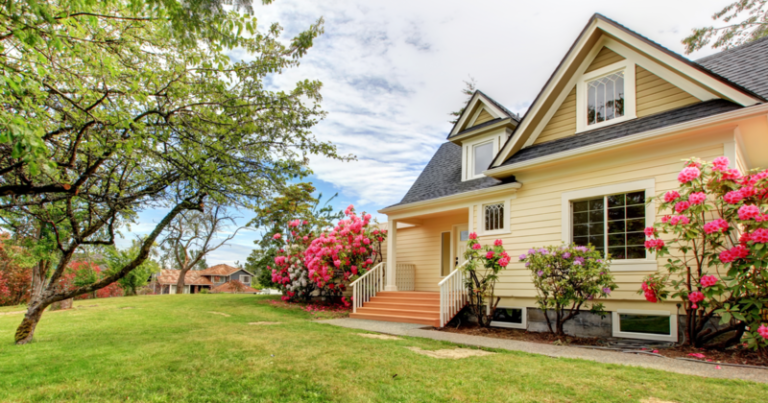
Whether you’re a homeowner or a renter, a damaged roof can be a precursor to leaks that can affect your walls, ceiling, insulation and belongings.
Roof leaks can even lead to mold growth, which is not only unsightly but harmful to your health.
Here’s what you should know about the signs and causes of a leaking roof — and how to fix any problems.
Points of failure include missing or cracked shingles, missing or damaged flashing or vent pipe coverings, and gaps or cracks in caulk or sealant. Faulty window flashings and clogged gutters can also cause water to leak into your home.
Avoid climbing on your roof — you could damage your property by walking on it. If you’re a renter, report any signs of a possible leak to your landlord immediately.
Changes in weather can impact your property, and water damage is a common issue year-round. Contact us anytime with questions about how and if your homeowners or renters insurance covers leaks.
I’m glad you talked about how roof leaks can lead to mold, and it could damage your family’s health. Recently, I noticed that my home’s roof has a few leaks on it. My wife and I have been too busy to deal with the damage, but you helped us realize how vital it is to repair our roof, so we’ll be sure to look into that. Thanks for the tips on roof leaks and why they occur.